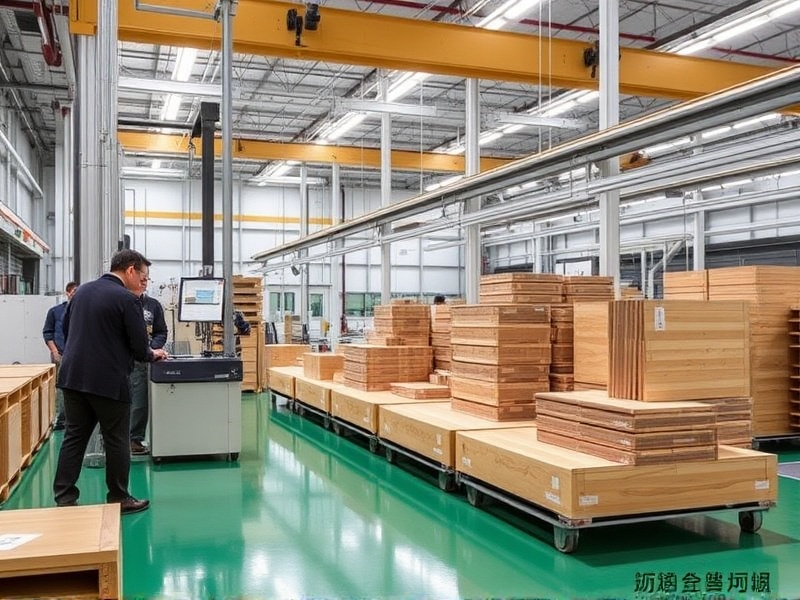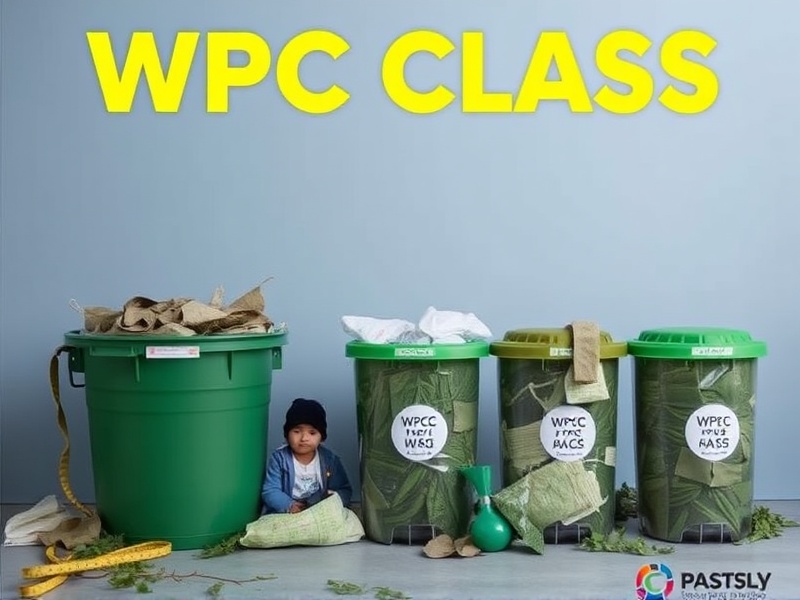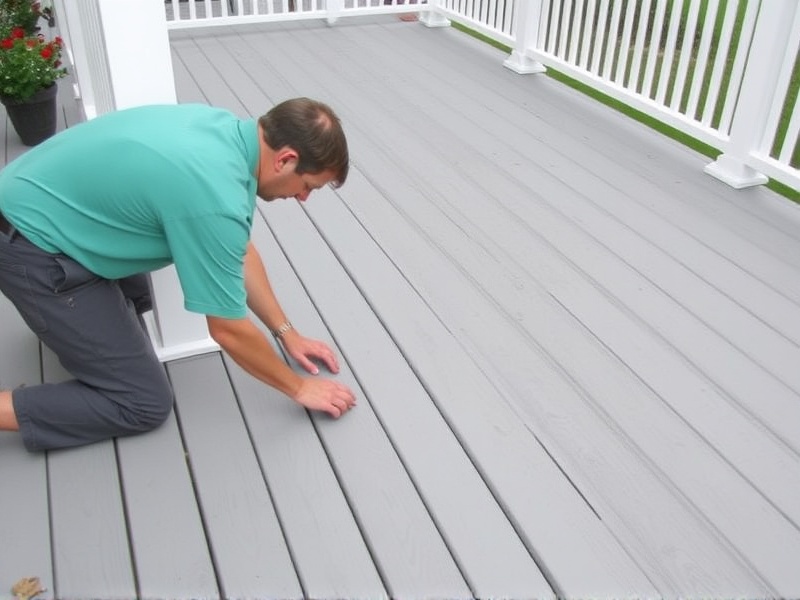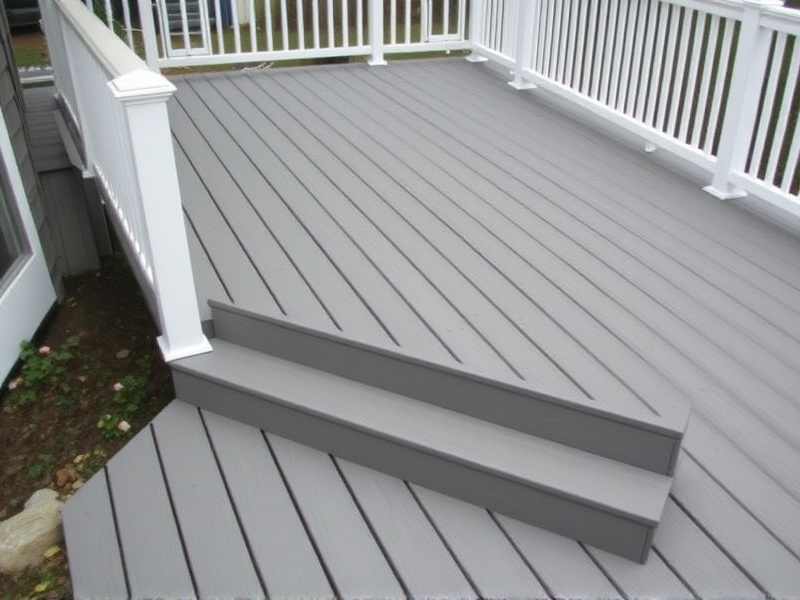WPC Manufacturing in Japan: A Sustainable Approach
The Emergence of WPC in Japan
Wood-Plastic Composites (WPC) have emerged as a vital innovation in sustainable construction materials. In Japan, this technology has been embraced with particular enthusiasm due to the country’s stringent environmental policies and a cultural emphasis on sustainability. This article explores the production techniques and environmental policies behind WPC manufacturing in Japan, providing an overview of industry standards and innovations.
Production Techniques and Innovations
Japanese manufacturers have pioneered several advanced production techniques that set new standards for WPC quality and durability. One such technique is the use of supercritical carbon dioxide (SCCO2) to create a more uniform blend of wood fibers and plastic resins. This process not only enhances the mechanical properties of the composite but also reduces energy consumption and waste during production. According to a study by ScienceDirect, SCCO2 processing can lead to significant improvements in the strength and stiffness of WPC products.
Environmental Policies and Standards
The Japanese government has implemented rigorous environmental policies that encourage the adoption of sustainable materials like WPC. The Green Procurement Law, for instance, mandates that public institutions prioritize environmentally friendly materials, including WPC, in their procurement processes. Additionally, the Ministry of Economy, Trade and Industry (METI) supports research and development initiatives aimed at improving the performance and cost-effectiveness of WPC. These policies have fostered a robust ecosystem for WPC manufacturing, driving continuous innovation and improvement in the sector.
Industry Standards and Innovations
Japan’s WPC industry adheres to strict quality standards, ensuring that products meet high levels of durability and environmental impact. Organizations such as the Japan Composite Materials Association (JCMA) play a crucial role in setting these standards and promoting best practices within the industry. Furthermore, Japanese companies are at the forefront of developing eco-friendly additives that enhance the biodegradability of WPC products without compromising their structural integrity. For example, researchers at Tokyo University have developed a novel bio-based additive that significantly increases the compostability of WPC, making it a more attractive option for eco-conscious consumers.
Conclusion
In conclusion, the production of Wood-Plastic Composites in Japan exemplifies a sustainable approach to material manufacturing. Through innovative production techniques and adherence to stringent environmental policies, Japanese manufacturers are setting global benchmarks for quality and sustainability. As awareness about environmental issues continues to grow, the demand for such eco-friendly materials is expected to rise, further solidifying Japan’s position as a leader in sustainable construction solutions.






Reviews
There are no reviews yet.